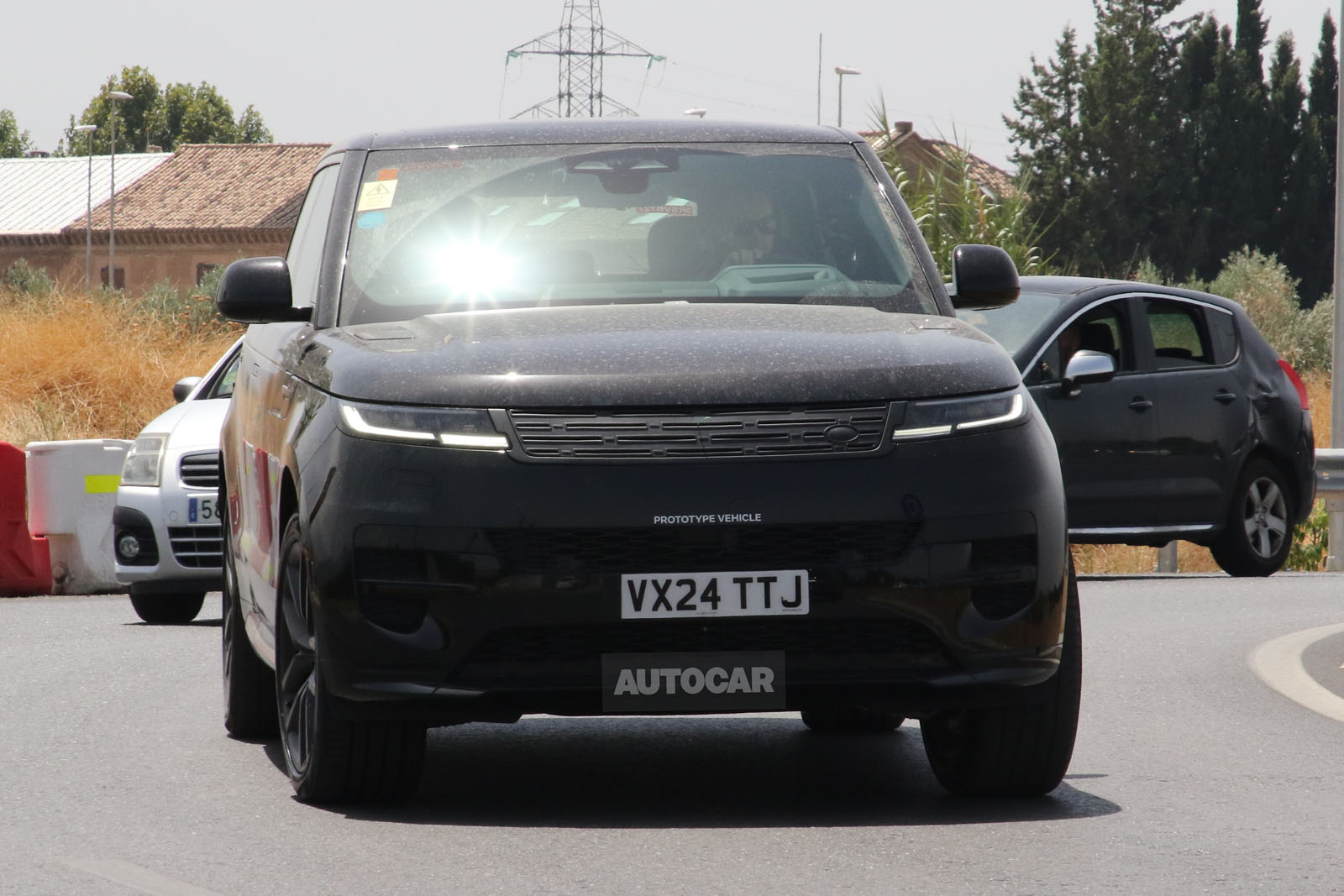Under the revised plans, the four Land Rover EVs being launched by 2026 will be the electric Range Rover and Range Rover Sport – both based on the versatile MLA platform that underpins the current combustion models – and two smaller SUVs based on the new EMA platform, thought to be replacements for the Range Rover Evoque and Range Rover Velar.
The flagship Range Rover EVs will be built in Solihull, while their more compact siblings will come from Halewood, where work has begun to prepare for EV production by the end of the year.
An EV replacement for the Discovery Sport and a new entry-level Defender model are also set to be launched on this platform in the coming years.
One of the two Jaguar EVs arriving by 2026, meanwhile, will be a rapid four-door GT. The other is set to be a large, luxurious SUV in the vein of the Bentley Bentayga.
Both will be based on a bespoke Jaguar architecture called JEA, and the brand will follow up with a BMW i7-rivalling electric luxury saloon on this platform shortly afterwards.
However, the reinvention of the Jaguar brand won’t come before Land Rover’s EV line-up has taken shape, according to Mardell’s outline.
“The BEV going into MLA will be the next big thing,” he said, referring to the launch of the two Range Rover EVs, “and then our mid-range all-electric Land Rovers [EMA] will come next, and then Jaguar.

